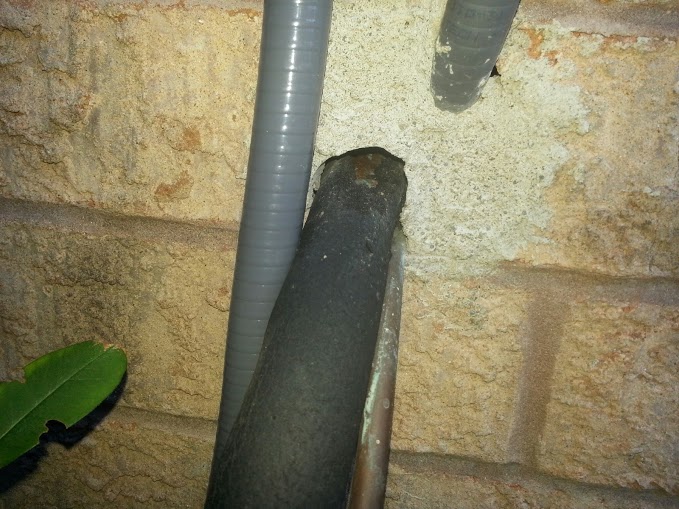At Skedaddle Humane Wildlife Control we are proud to offer our customers in Mississauga an alternative to traditional rodent control. When most homeowners discover a rat or mouse infestation that requires professional help, they immediately think traps and poisons. For years, snap traps, glue boards and blocks of poison have been an exterminator’s preferred method for solving a residential mouse problem.
When used properly, traps and poisons do provide inexpensive and short-term rodent control. The trouble is that they ignore the root causes of any rodent problem. Rodents live inside homes because they provide shelter and ready access to food. As long as rodents are able to find their way into your home no amount of traps or poisons can rid you of the problem. Instead, you must continually rely on messy traps and dangerous chemicals in an attempt to keep the rodent population at bay. This can lead to frustration, unsanitary conditions and wasted money.
The only way to guarantee results is to mouse proof the structure. So why is your average exterminator still only using traps and poisons? Here are a couple reasons:
- Cheap and easy – It doesn’t take a lot of time to set some traps and throw a few blocks of poison into the attic. Pest control companies rely on volume to remain profitable, they want to get in, get out and get to their next customer as quickly as possible. They don’t want to climb ladders or crawl under porches to locate hard to see rodent entry points.
- Recurring revenue – Exterminators know that they can’t solve a mouse problem permanently with traps and poison. In truth, they don’t even want to. They’re hoping to lock their customers into a contract that requires quarterly or semi-annual visits and at the very least they hope you’ll be calling them back when more mice re-infest.
At Skedaddle Humane Wildlife Control, we approach rodent control a bit differently. Our process starts with a thorough inspection of your home and property. Our specialists are trained to identify rodent entry points, food sources and harbourage sites. Due to their size and physical makeup, rodents are able to squeeze into incredibly small holes and gaps. That means our technicians are looking for entry areas the size of a dime!
Every home is different, and depending on the age, size, design and construction materials used there could be dozens of potential points of entry. That’s why it’s so important that rodent control professionals roll up their sleeves and get dirty when it comes to figuring out how rodents get into homes.
Despite this, one place that must always be looked at as part of any inspection is where air conditioning lines run into the home. Here are a couple of photos we took at homes in Mississauga.
Air Conditioning Lines
Air conditioners positioned on the outside of homes connect to interior HVAC systems through coolant lines that pass through exterior walls. Running the lines into the home requires punching a hole through the wall that is far larger than the lines themselves. The extra space is usually filled with concrete or putty – although you would be surprised how often large holes are left unfilled.
These holes provide easy access for rodents to enter and nest inside the home. To solve the problem for good, they must be sealed with sturdy, rodent proof materials.
 Chewed foam insulator: In this case, concrete was used to fill the gap around the coolant line, but as you can see mice have chewed the foam insulator to access the home.
Chewed foam insulator: In this case, concrete was used to fill the gap around the coolant line, but as you can see mice have chewed the foam insulator to access the home.
A mouse highway: Chewed plastic and foam insulators leading into the home indicate an active entry point.
If you have tried traps and poisons with little success, then give Skedaddle Humane Wildlife Control a call to schedule a visit from one of our qualified professionals. Call 1.888.592.0387.


